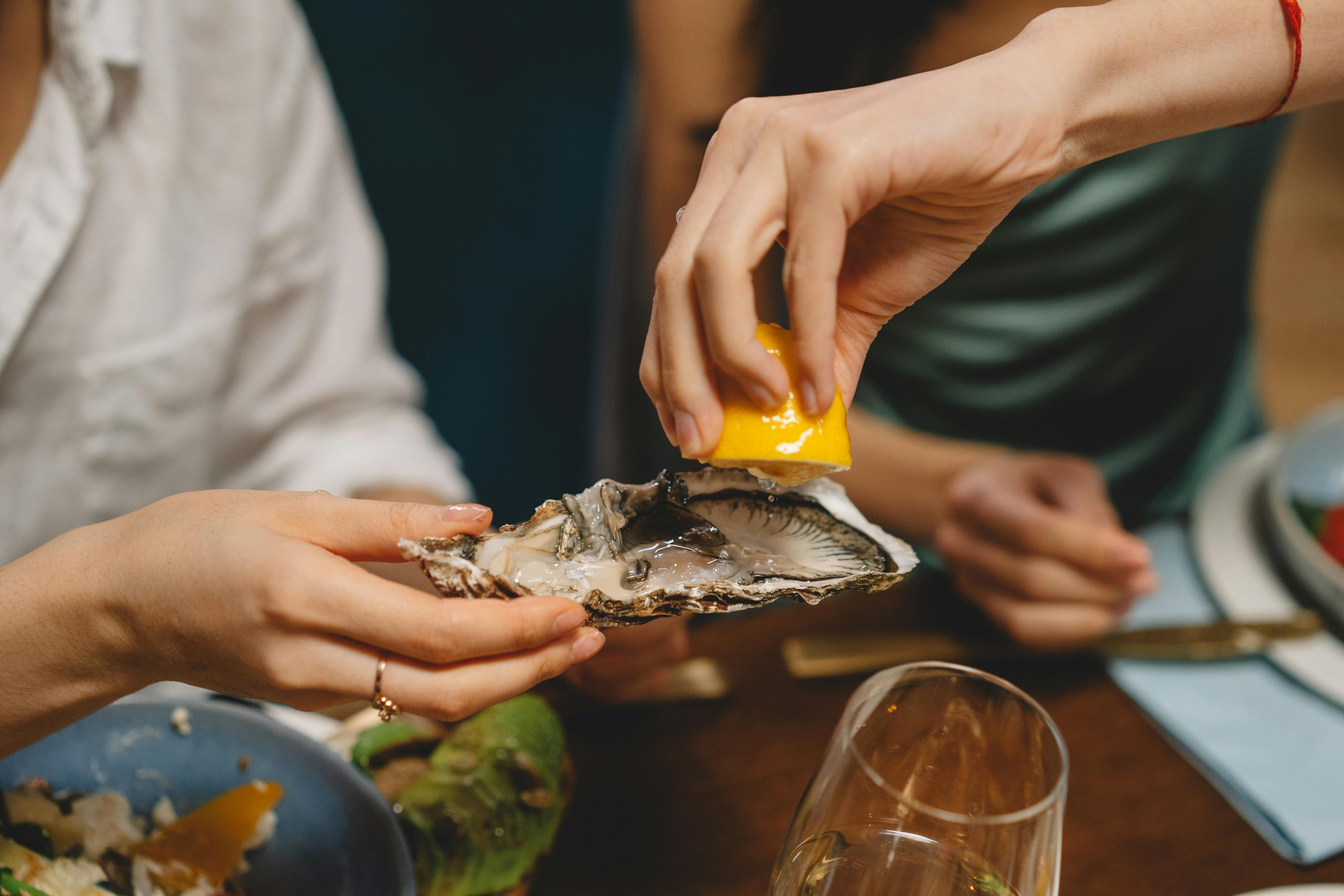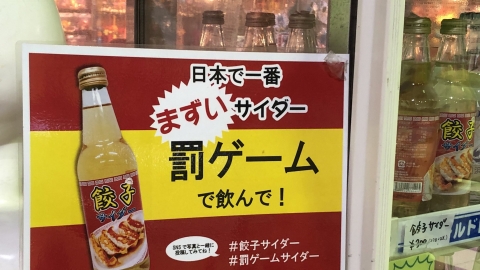It’s March, and autumn is just beginning in New Zealand. The sky is a clear blue, cloudless sky. A cool, gentle autumn breeze carries the scent of the sea to the ferry terminal, where long lines of people are lining up to cross the North Shore or head to Waiheke Island. But that’s at the ferry terminal; on the waterfront, restaurants and cafes are leisurely lunching and lingering in Auckland on a sunny day before heading south for the golden autumn and the first snowfalls. I sit on the patio of The Shucker Brothers, a small restaurant famous for its raw oysters, a kiwi favorite (shuck is the act of shucking an oyster).

Bluff oysters are considered some of the best in the world because of their soft, fatty texture, typical of the deep sea and the flavor of the world's cold, wild southern waters.
I asked Richard, the restaurant's longtime manager:
- So you still don't have Bluffies? (slang for Bluff oysters)
- Still out of stock. Won't be available until Thursday.
- Oh. So what oysters do you have today?
- It's the Te Matuku variety caught off Waiheke.
- So I'll have three raw oysters and three tempura fries. And a glass of Kelly Washington organic Sauvignon Blanc.
In English-speaking cultures, oysters are safest and tastiest during the months with the letter “r” (Septemper – April, September to April). These are the cooler months, lasting from early fall to late spring, when oysters are at their fattest as they accumulate enough nutrients for the spawning season. However, New Zealand is in the Southern Hemisphere, so the seasons are reversed compared to the other half of the world, with fall starting in March and summer starting in December.

In English-speaking cultures, oysters are safest and tastiest during the months with the letter “r” (Septemper – April, September to April).
Although oysters are farmed and harvested year-round in many different waters such as the Hauraki Gulf, the Bay of Islands, and the Bluff region in the far south of the country, they are considered a national specialty and are only available from March to August, with farming and harvesting processes strictly controlled to ensure the quality of not only the oysters but also the surrounding natural environment.
Bluff oysters are considered some of the best in the world because of their soft, fatty texture, typical of the deep sea and the flavor of the world's cold, wild southern waters.
People compare oysters to the ocean's water purifiers, so looking at the quality of oysters each year, we can clearly see the quality of the water and the surrounding environment. In years of warm water due to climate change with heat waves blowing from Australia like this year, the yield and quality of oysters will be affected more or less. Just like wine, each region, each house, even each vineyard has its own flavor because of the characteristics of soil, light, altitude, even a slight change will still create a subtle difference in each batch of wine. The French call this terroir, a characteristic of wine but has gradually been applied to all products that are typical of the land, water, climate and culture that formed it.

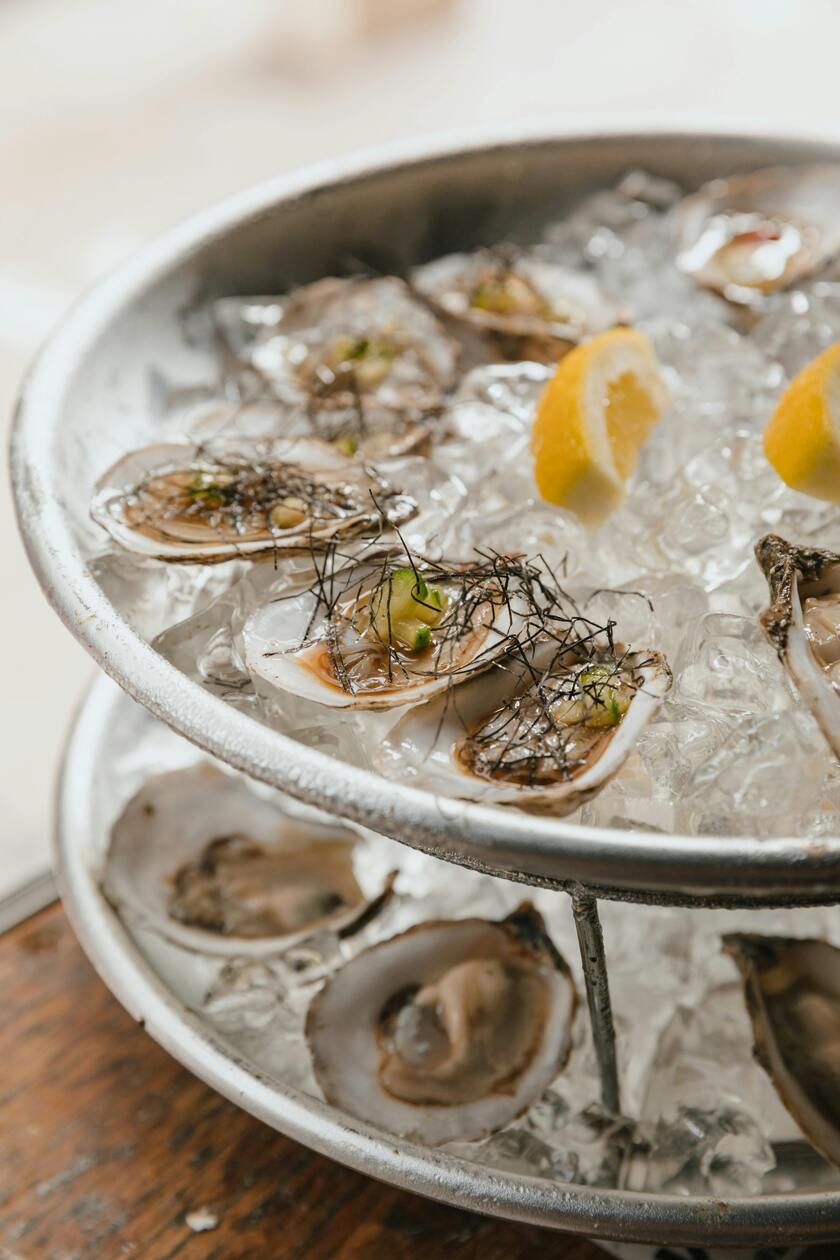
People compare oysters to the ocean's water filters, so looking at the quality of oysters each year, we can clearly see the quality of water and the surrounding environment.
In the era of globalization, local products are gradually commercialized and industrialized, losing their original nature and flavor, causing farming, growing and production to become separated from the roots of nature, of the "homeland" and of the unique indigenous culture. It even leads to the destruction of indigenous culture and ancient ecosystems due to monoculture, over-exploitation, off-season crops and the replacement of traditional farming techniques associated with culture with soulless machinery chains, focusing only on output.
New Zealand cannot escape that vortex, but this small, remote country still stands firm with products imbued with the breath of the land, the mountains, and the ancient ocean, with a sustainable model in almost all industries.
Most visitors to New Zealand don’t come for the food. They come to this remote island nation for its majestic, unspoiled landscape, for the golden autumns in Arrowtown, for the big snows in Queenstown and Taupo, for the Lord of the Rings movie sets set amidst the breathtaking wilderness.
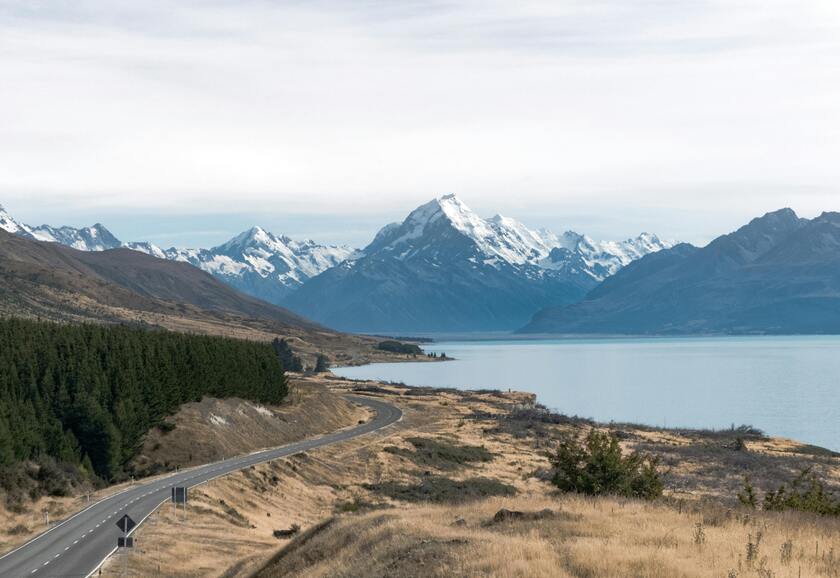
Most visitors to New Zealand don't come for the food. They come to this remote island nation for its majestic, unspoiled scenery.
New Zealand has been doing a good job of preserving its natural resources and exploiting sustainable tourism to a moderate extent for many reasons, including its indigenous culture that sees Mother Nature as the source of all things and its remote, isolated location. But thanks to this, when most other countries have exploited tourism to the point of exhaustion before starting to pay attention to sustainable tourism and cuisine, New Zealand has remained untouched with local products that smell of the land, the sea and are imbued with the Haka battle song of ancient Māori warriors. Among them, Bluff oysters have become a fascinating spot.
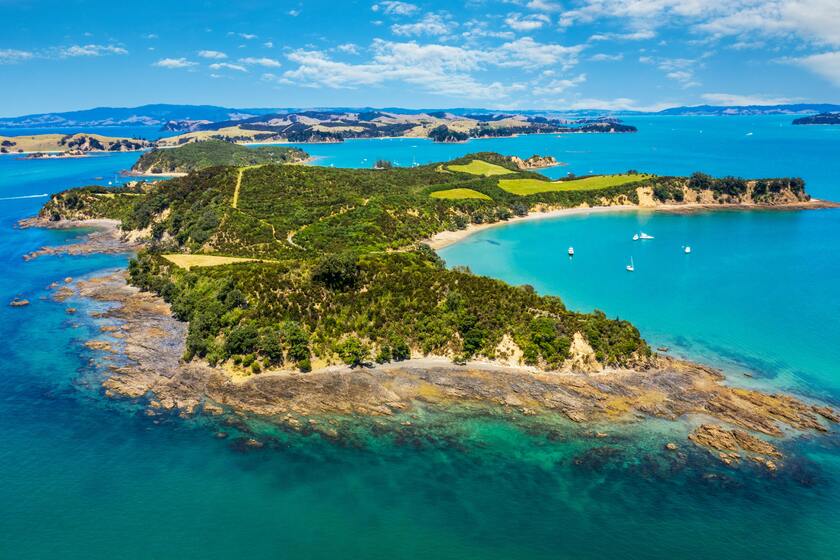
New Zealand has been doing a great job of preserving nature and exploiting sustainable tourism at a moderate level.
Bluff is a small town at the southern tip of the South Island and one of the country’s oldest oyster farms. Bluff’s oysters, known as Tio Paruparu in Māori, are found scattered around New Zealand, but are most distinctive in the deep waters off Bluff, where the water is cold and clear year-round, making the oysters particularly delicious.
Unlike many oyster varieties in other areas, including Te Matuku off Waiheke Island in the Hauraki Gulf, about 40 minutes by ferry from central Auckland, which are grown and harvested year-round, Bluff oysters are only harvested from March to August each year (autumn and winter).
The production restriction is to maintain the quality of the oysters and their natural reproduction. It also ensures that the culture of oyster farming and fishing in Bluff will continue to exist, with the annual Bluff Oyster Festival held each winter, rather than mass breeding causing the native characteristics and local culture to disappear.

In years of warm water due to climate change with heat waves blowing in from Australia like this year, oyster production and quality will be affected to some extent.
Bluff oysters are considered one of the national natural and culinary treasures, banned from export in any form. Even within New Zealand, only in season and depending on the year's production can people enjoy this taste of the South Sea. New Zealand promotes Bluff oysters around the world but never takes them out of the country. This creates a curiosity, a strong urge for domestic and foreign tourists, nature, culture and oyster lovers to come here to enjoy both the taste and the flavor of Aotearoa New Zealand, the land of the white clouds.
Sustainable tourism and sustainable cuisine are two friends that go together. Bringing tourists who truly want to learn about culture and feel the value of local products will create more motivation for each area to preserve and sustainably develop the gift of nature that is nurtured by culture. Sustainable cuisine not only fills the stomach, it makes us curious, excited and crave every drop of crispy golden sunshine, every salty sea breeze of a strange land.
I sit here, on a glorious autumn equinox day, sipping a glass of Sauvignon Blanc after a delicious oyster feast but still thinking about having to come back here on Thursday for the Bluff oysters.





